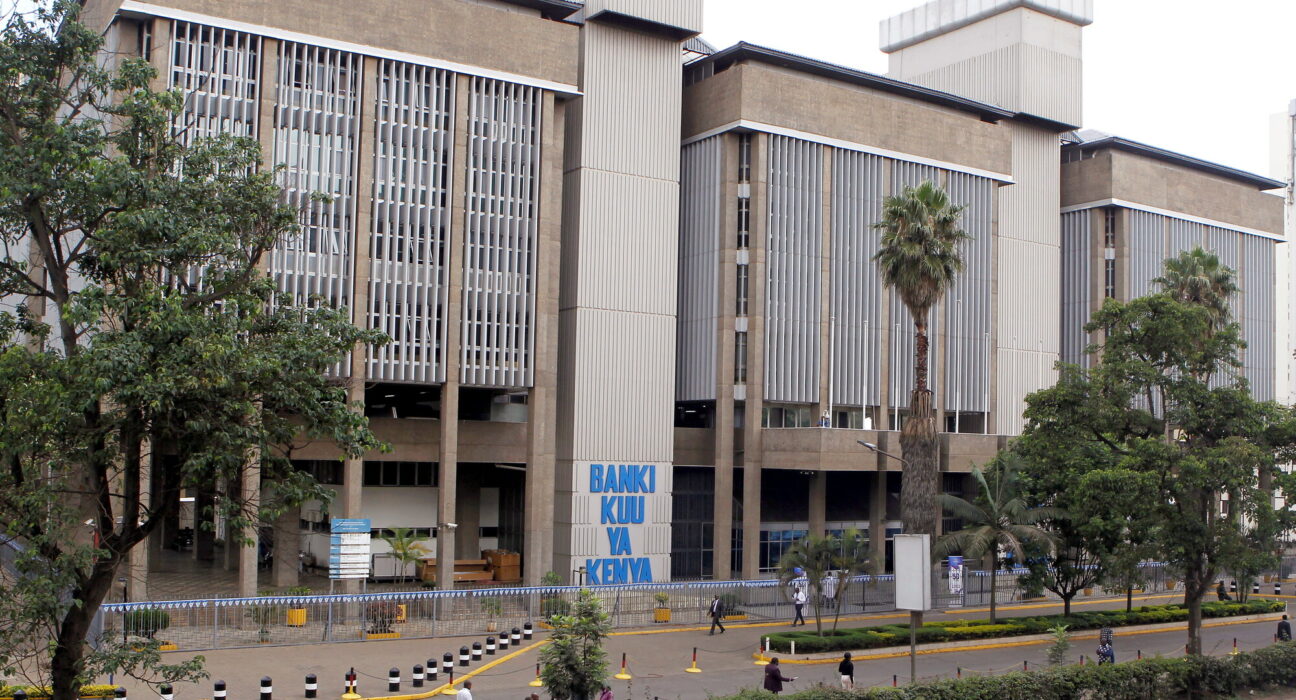The Treasury Bill (T-Bill) market in Kenya plays a critical role in the country’s economic and financial landscape. Managed by the Central Bank of Kenya (CBK), Treasury Bills are short-term government securities that offer investors a secure way to invest their funds. They are issued in different tenors—91 days, 182 days, and 364 days—and their performance is closely monitored by policymakers, analysts, and investors.
T-Bill auctions are held regularly to raise government funds, which are used to finance the budget and service national debts. These auctions allow investors to bid on various T-Bill offerings, with the competitive and non-competitive bids determining the amount of debt raised and the prevailing interest rates.
The performance of T-Bill auctions serves as an important indicator of the Kenyan economy, investor sentiment, and the government’s borrowing strategy. Recently, the CBK conducted an important T-Bill auction for January 2025, with results showing key trends that will influence both the financial markets and Kenya’s economic future.
In this article, we will analyze the T-Bill auction results for 91-day, 182-day, and 364-day Treasury Bills issued by the Central Bank of Kenya in January 2025. The analysis will focus on the interest rates, demand vs. supply, and borrowings, and explore how these figures contribute to the overall economic outlook for Kenya.
T-Bill Auction Results for January 2025
1. Overview of the Auction Results
The January 2025 T-Bill auction, which closed on 10th January 2025, offered a total of Ksh. 24 billion in treasury bills. The auction attracted strong interest, with a total of Ksh. 33.14 billion in bids received, far exceeding the amount offered.
The Central Bank of Kenya accepted Ksh. 24.46 billion worth of bids, reflecting a bid-to-cover ratio of 1.36. This indicates robust demand for government securities, demonstrating investor confidence in Kenya’s economic outlook and the stability of the government’s finances.
Here is a summary of the key figures from the auction:
| Tenor | Amount Offered (Ksh. Million) | Bids Received (Ksh. Million) | Bids Accepted (Ksh. Million) | Average Interest Rate (%) |
|---|---|---|---|---|
| 91 Days | 4,000.00 | 15,334.99 | 9,425.51 | 9.5935% |
| 182 Days | 24,000.00 | 9,711.25 | 9,682.15 | 10.0253% |
| 364 Days | 24,000.00 | 19,107.47 | 5,350.21 | 11.3342% |
| Total | 24,000.00 | 33,143.71 | 24,457.87 | Weighted Average 10.3191% |
2. Bid-to-Cover Ratio: High Investor Demand
The bid-to-cover ratio is a critical indicator of the demand for government securities. A ratio of 1.36 for the January 2025 auction suggests strong investor appetite for Kenya’s treasury bills. In particular, the 91-day T-bill received over four times the amount offered, while the 182-day and 364-day T-bills also garnered significant interest, with the 364-day T-bill drawing nearly double the amount offered. This indicates that the market remains liquid and confident in short to medium-term government borrowing.
3. Competitive vs. Non-Competitive Bids:
A significant portion of the bids accepted were competitive bids, with Ksh. 11.22 billion worth of competitive bids received for all tenors. The competitive bidding process allows investors to specify the interest rate they are willing to accept. In contrast, non-competitive bids are accepted at the prevailing market rates, ensuring a wider range of investors can participate in the auction.
For the January 2025 auction, competitive bids comprised Ksh. 11.22 billion, while non-competitive bids accounted for Ksh. 13.34 billion, with non-competitive bids for the 91-day and 364-day tenors being particularly prominent. This suggests that many investors preferred the non-competitive route, which indicates lower risk due to the acceptance of prevailing interest rates.
Interest Rates: Understanding Market Trends
The interest rates for the accepted bids in the January 2025 T-Bill auction are crucial for understanding the overall direction of Kenya’s monetary policy, government borrowing costs, and inflation expectations. Below is an analysis of the weighted average interest rates for each of the accepted bills:
- 91-Day Treasury Bills: The average interest rate for the 91-day T-bills stood at 9.5935%, slightly lower than the previous auction’s rate of 9.8252%. This represents a marginal decrease of 0.2318%, signaling a potential easing of short-term borrowing costs, likely due to increased demand and favorable investor sentiment.
- 182-Day Treasury Bills: The 182-day T-bill recorded a 10.0253% interest rate, representing a slight drop from the previous auction’s 10.4253%. This downward movement in rates reflects the market’s view that inflationary pressures may be easing, leading to lower borrowing costs for the government in the medium term.
- 364-Day Treasury Bills: The 364-day T-bill saw an increase in the interest rate to 11.3342%, from the previous auction’s 10.0259%. This increase could be attributed to a variety of factors, including longer-term inflation expectations and the market’s perception of risks over the year ahead.
The weighted average interest rate across all three tenors for the January 2025 auction stood at 10.3191%, slightly lower than the previous auction’s rate of 10.4253%. This decrease in rates across the board suggests that the government’s debt is becoming less costly, signaling a favorable environment for Kenya’s borrowing strategy.
Government’s Borrowing Strategy and Future Outlook
The Central Bank of Kenya’s Treasury Bill auctions serve as a tool to manage government debt, fund budgetary deficits, and support the country’s broader economic policy objectives. The January 2025 auction results reflect a strategic approach to managing short-term borrowing costs while maintaining adequate liquidity for the government’s fiscal obligations.
As the Kenyan economy continues to recover from the effects of the COVID-19 pandemic and other macroeconomic challenges, the government’s debt management strategy will likely continue to focus on maintaining investor confidence, lowering interest rates, and balancing the need for short-term and long-term funding.
Key Takeaways from the January 2025 Auction Results
- Strong Demand for T-Bills: The 1.36 bid-to-cover ratio highlights a robust demand for Treasury Bills, with investors eager to invest in government debt despite global uncertainties.
- Interest Rate Stability: The 9.5935%, 10.0253%, and 11.3342% interest rates suggest stability in the market, with marginal fluctuations that reflect ongoing macroeconomic trends.
- Investor Sentiment: With significant interest from both competitive and non-competitive bidders, the market sentiment remains positive towards Kenya’s economic outlook, as evidenced by the overall high bid-to-cover ratio.
- Government Debt Management: The Treasury Bill auctions remain an important instrument in Kenya’s debt management strategy, and the results of this auction suggest a manageable debt burden for the government moving forward.
T-Bills as a Barometer for Kenya’s Economic Health
The Central Bank of Kenya’s Treasury Bill auction results for January 2025 provide valuable insights into the health of the Kenyan economy and the government’s debt strategy. With strong investor demand, moderate interest rate movements, and effective debt management, the government is well-positioned to meet its fiscal obligations while maintaining market stability.
Investors in Kenya and beyond will continue to closely watch the T-Bill market as a critical gauge of economic confidence and the broader financial market environment. The results of this auction reinforce the importance of Treasury Bills as an investment vehicle and a tool for economic management.





